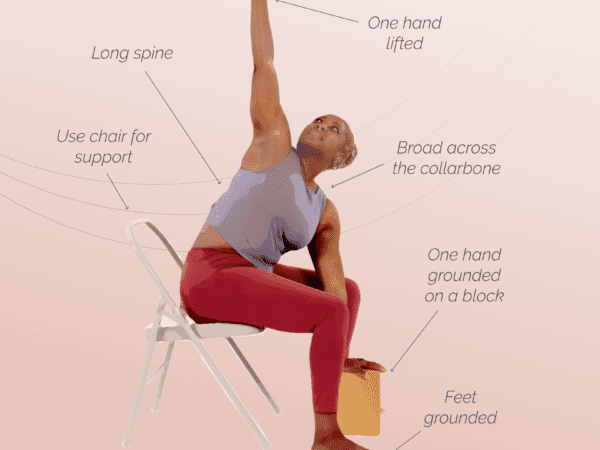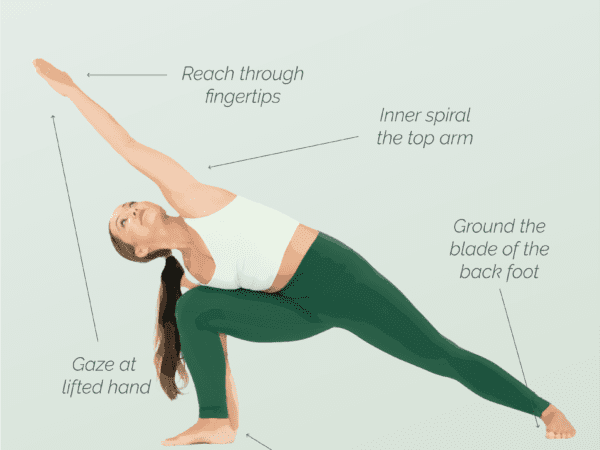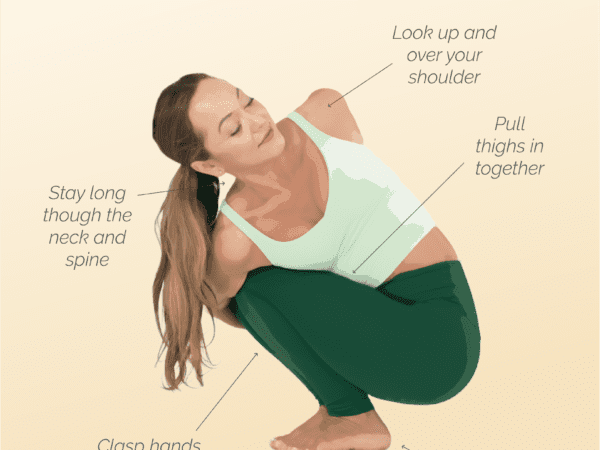Modified ustrasana, also known as the camel pose, is a powerful yoga posture that offers numerous physical and mental benefits. Whether you’re a seasoned yogi or just starting your yoga journey, learning how to properly perform modified ustrasana can enhance your practice and bring about a sense of balance and well-being. In this guide, we will explore the steps, variations, and benefits of modified ustrasana, helping you unlock its transformative potential. So, grab your yoga mat, and let’s dive into the world of this invigorating pose.
What are the benefits of modified ustrasana?
Modified ustrasana, also known as the modified camel pose, offers numerous benefits that can enhance your yoga practice and improve your overall well-being. This variation of ustrasana is a gentler and more accessible version, making it suitable for all levels, including beginners and individuals with limited flexibility.
Here are some of the benefits of practicing modified ustrasana:
1. Improved posture: This pose helps open up the chest and shoulders, and elongates the spine. Regular practice can help correct posture imbalances and promote an upright and confident posture.
2. Increased flexibility: Modified ustrasana stretches the front of the body, including the chest, abdomen, and hip flexors. Over time, this can lead to increased flexibility in these areas, allowing for greater freedom of movement.
3. Strengthened back muscles: This pose engages the muscles in the back, including the erector spinae, which helps support the spine. Strengthening these muscles can help alleviate back pain and improve overall back health.
4. Improved digestion: The gentle compression of the abdomen in modified ustrasana can stimulate the digestive organs, promoting healthy digestion and relieving digestive issues such as bloating and constipation.
5. Alleviated stress and anxiety: Backbends, including modified ustrasana, are known to have an uplifting effect on the mind and can help release stress and tension. This pose opens the heart center, promoting feelings of joy, positivity, and emotional well-being.
What muscles does modified ustrasana target?
Modified ustrasana, also known as modified camel pose, is a yoga asana that offers numerous benefits for the body and mind. This gentle variation of ustrasana targets several key muscles, providing a deep stretch and strengthening effect. Let’s explore the muscles that are engaged during modified ustrasana.
1. Rectus Abdominis:
Modified ustrasana engages the rectus abdominis, commonly known as the “six-pack” muscles. This pose activates the core, helping to tone and strengthen the abdominal muscles.
2. Pectoralis Major:
The pectoralis major, or chest muscles, are also targeted during modified ustrasana. As you open your chest and lift your heart towards the sky, these muscles are stretched and strengthened.
3. Deltoids:
The deltoids, which are the muscles of the shoulder, are engaged when practicing modified ustrasana. They assist in shoulder extension and provide stability and support to the upper body.
4. Latissimus Dorsi:
The latissimus dorsi, or the “lats,” are the broad muscles of the back. In modified ustrasana, these muscles are stretched and strengthened as you arch your back and lift your chest.
5. Quadriceps:
The quadriceps, located in the front of the thigh, play an essential role in this pose. As you bend your knees and reach for your feet, the quadriceps contract to stabilize the knees and support the body.
6. Gluteus Maximus:
The gluteus maximus, also known as the glutes, is one of the largest muscles in the human body. It is located in the buttocks area and plays a crucial role in many yoga poses. Strengthening and activating the glutes can help improve overall stability, balance, and posture.
Contraindications for modified ustrasana
While modified ustrasana or camel pose can be a beneficial yoga posture, it is important to be aware of certain contraindications before practicing it. Here are some situations in which it is advised to avoid or modify this pose:
Neck or back injuries: If you have any existing neck or back injuries, it is recommended to avoid or modify modified ustrasana to prevent further strain or discomfort.
High or low blood pressure: Individuals with high or low blood pressure should approach this pose with caution. It is advisable to consult with a healthcare professional or a qualified yoga instructor before attempting modified ustrasana.
Recent or chronic knee injuries: If you have recently injured your knees or have chronic knee issues, it is best to avoid this pose or modify it to ensure the safety and well-being of your knees.
Migraines or headaches: If you are experiencing a migraine or severe headache, it is advisable to skip modified ustrasana, as the deep backbend may exacerbate the symptoms.
Pregnancy: Pregnant individuals should avoid deep backbends like modified ustrasana, especially during the later stages of pregnancy. It is always recommended to consult with a prenatal yoga instructor for suitable modifications or alternative poses.
Remember, it is crucial to listen to your body and practice yoga mindfully. If you have any concerns or medical conditions, it is best to consult with a healthcare professional or a qualified yoga instructor before attempting any new poses.
How to do modified ustrasana
To practice modified ustrasana (camel pose), follow these step-by-step instructions:
Start by kneeling on your yoga mat with your legs hip-width apart. Place your hands on your hips, fingers pointing down towards the floor. Think about drawing your tailbone down.
Engage your core and lengthen your spine, ensuring that your shoulders are relaxed and away from your ears.
As you inhale, begin to lift through the ribcage and gently arch your back, leaning back slightly. Keep your hips aligned over your knees and avoid straining your lower back.
Clasp your hands together behind your back and look up toward the ceiling.
Hold this position for a few breaths, feeling the stretch in your chest, shoulders, and quadriceps. Keep your neck relaxed and gaze either straight ahead or slightly upwards.
If reaching your heel or ankle is challenging, you can place your hand on your lower back for support.
When you’re ready to release the pose, gently bring your right hand back to your hip, followed by your left hand. Slowly come back to an upright kneeling position.
Take a moment to rest and observe the sensations in your body before repeating the pose on the other side.
Remember to listen to your body and modify the pose as needed. If you experience any discomfort or pain, ease out of the pose and consult with a qualified yoga instructor. With regular practice, Modified ustrasana can help improve flexibility, open the chest, and promote a sense of calm and balance.
Are you looking for more guidance on your yoga journey? Sign up for Omstars to get access to thousands of yoga classes in the comfort of your own home. Click here to start your subscription.









